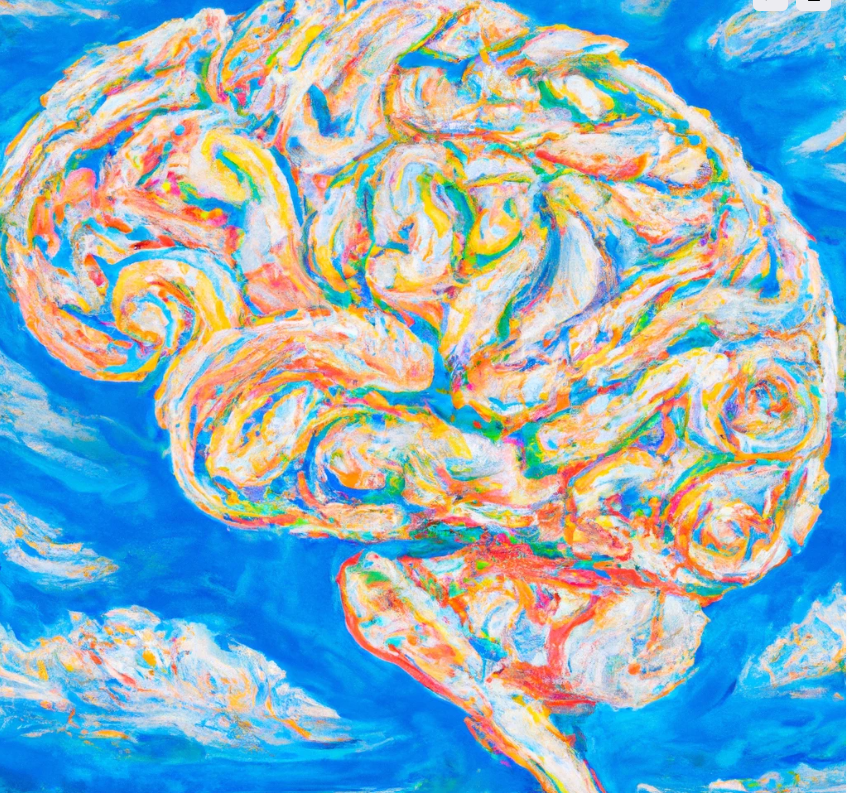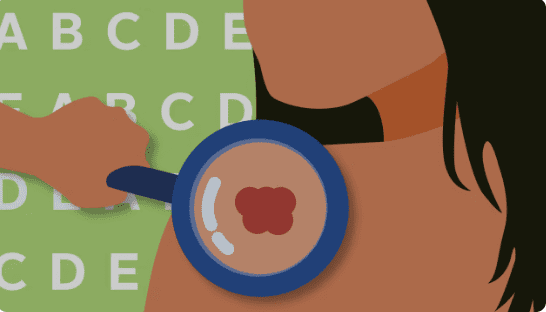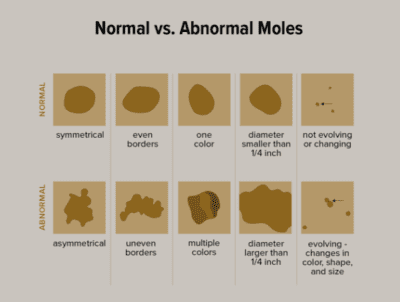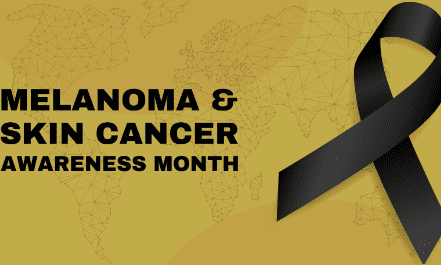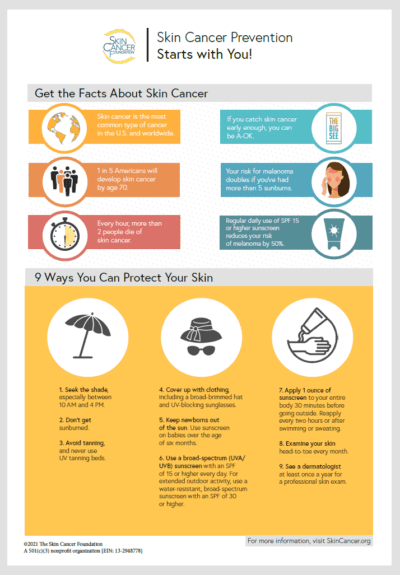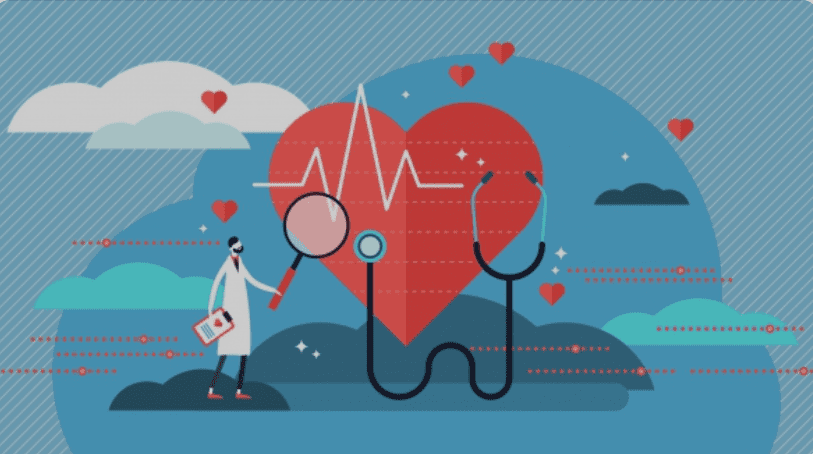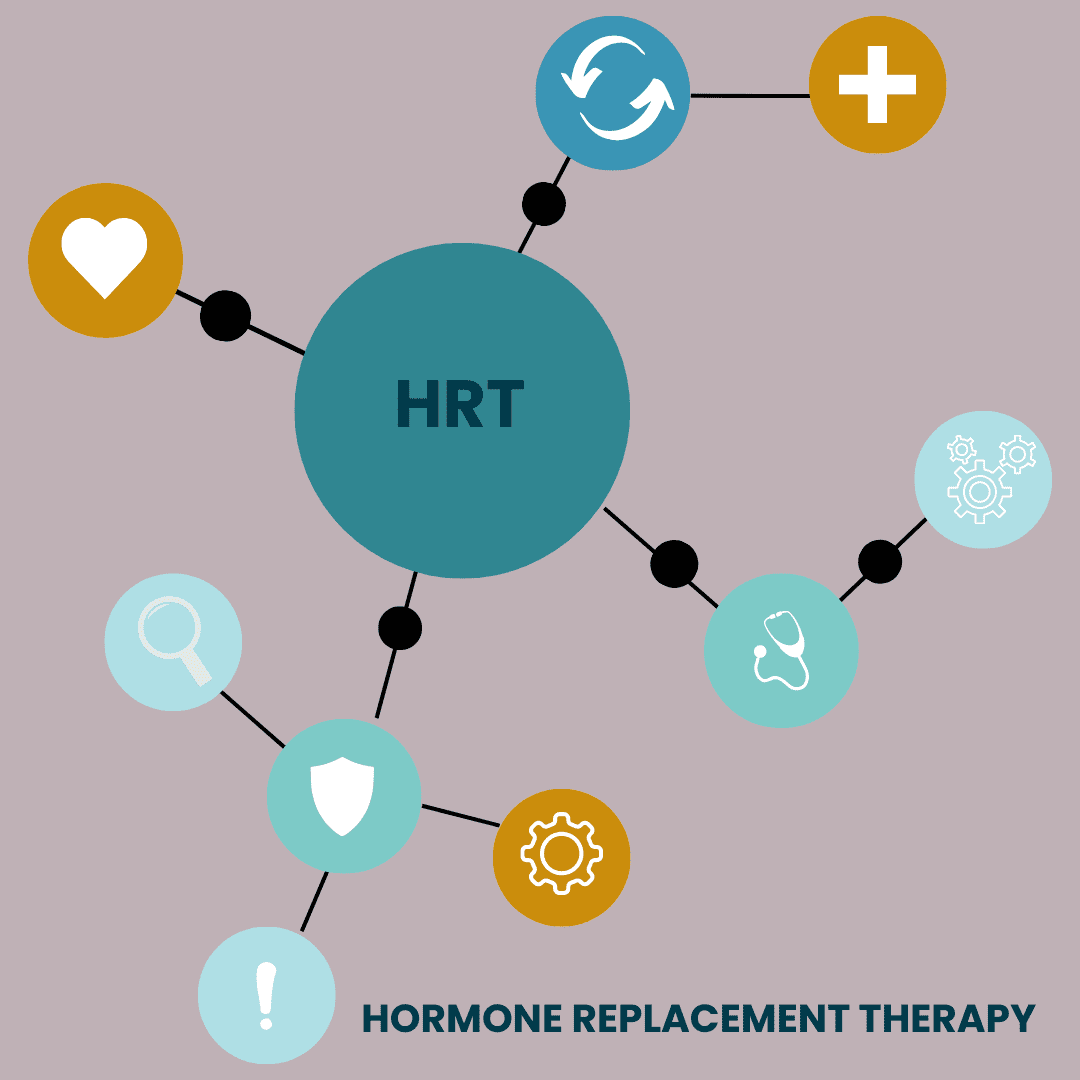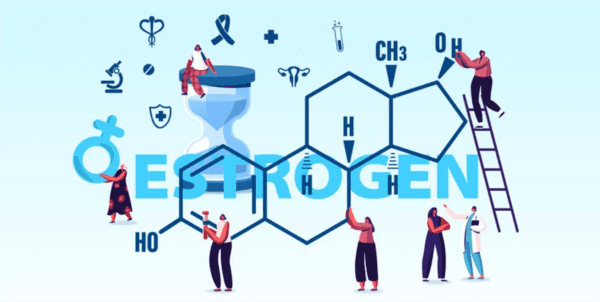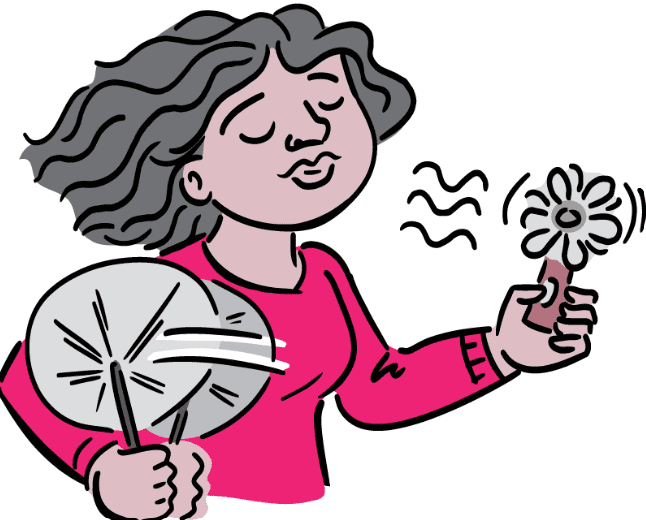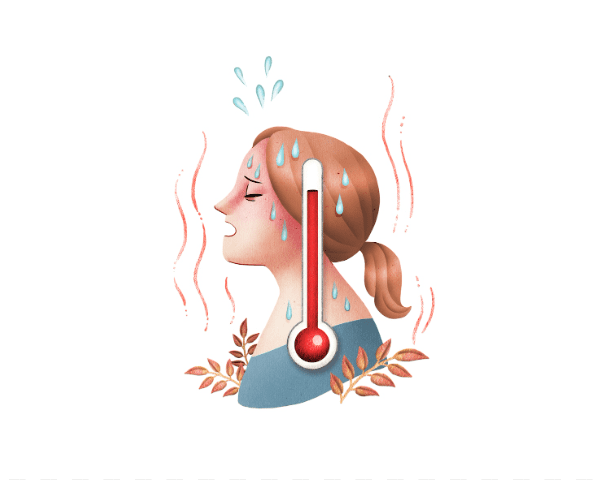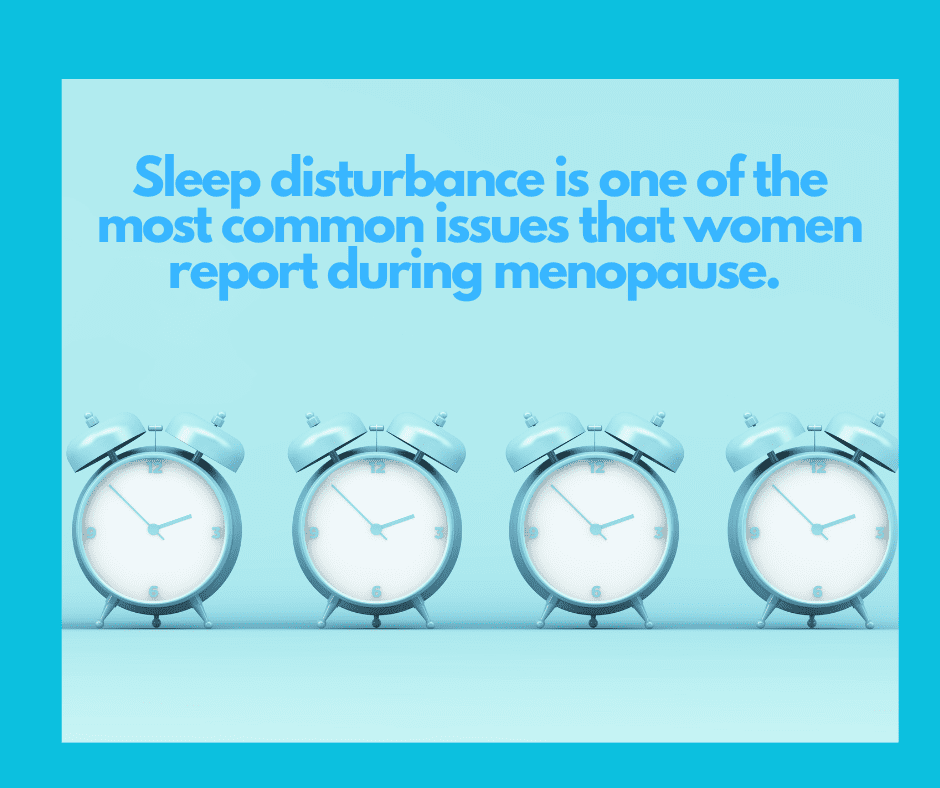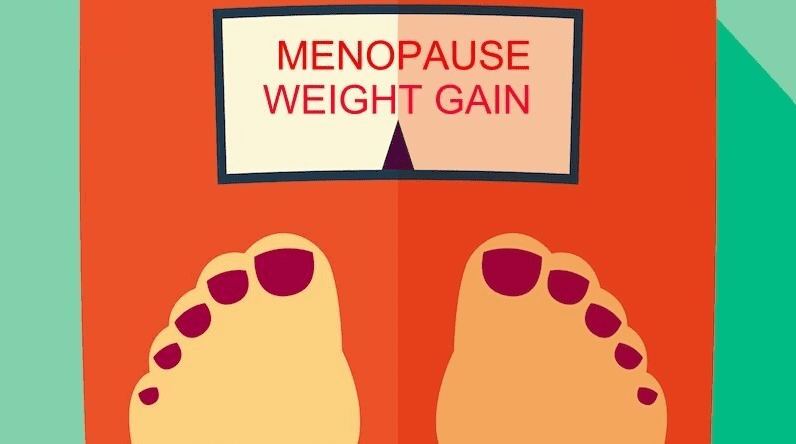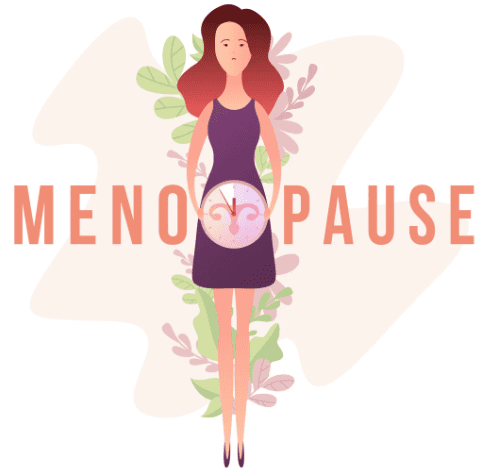Mental Health Awareness
Your Mental Health at Midlife
Experiencing LOTS of ups and downs? No… you’re not crazy….its part of middle age.
Do find yourself loving life and feeling fabulous one day and having difficulty with overwhelm and gloom the next? Have you found yourself loosing it… over little stuff? Feel like you’re on an emotional roller coaster? Welcome to middle age.
This is a time when our bodies and minds experience tremendous change, both physically and emotionally. Kids may be leaving the home or you might be transitioning careers after decades. It’s often when we need to deal with parents’ health issues or our own. For many, this is a time when some long-term relationships end or starting new relationships or choosing time alone.
So give yourself a break… you have a lot going on right now in your life!
You must fill your own cup first… Self-care becomes even more critical as we age.
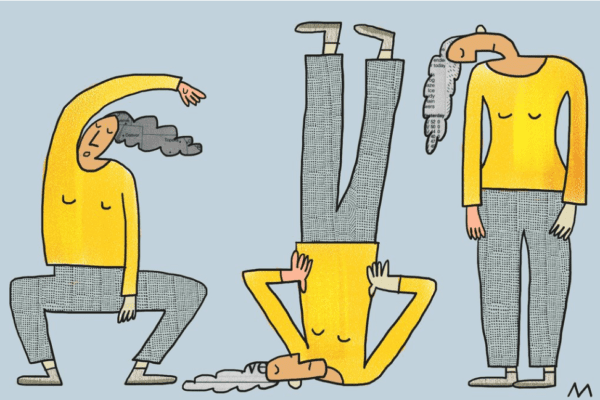
7 QUICK TIPS/TRICKS TO BOOST MINDSET AND IMPROVE MENTAL WELL-BEING:
1. Regular exercise reduces the risk of depression and improves mood
2. Ensuring adequate sleep that is restful and restorative is imperative
3. Quieting the mind through and directing thoughts utilizing tools
4. Training the brain with habit formation techniques
5. Social interactions creating supportive relationships to stay grounded
6. Prioritization, delegation, and time management skill building through education
7. Awareness around feelings and emotional responses


